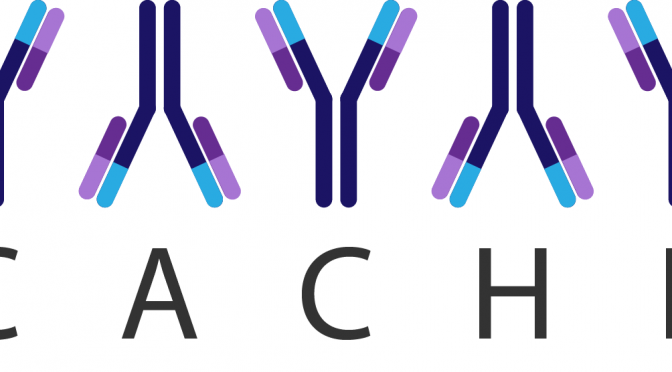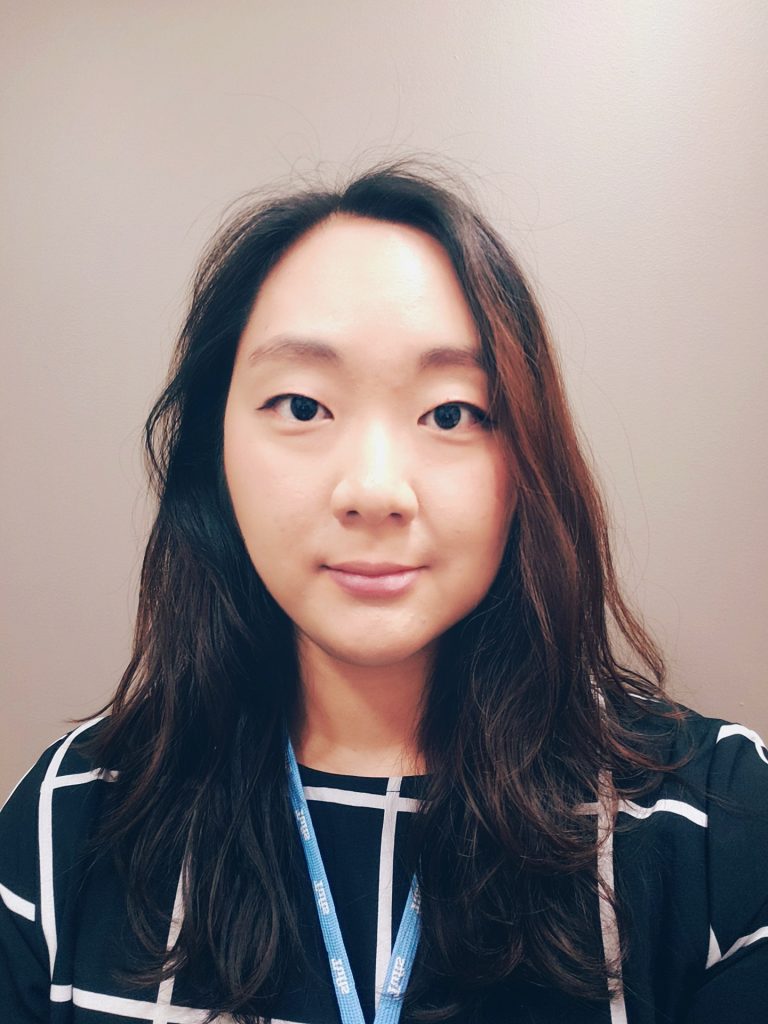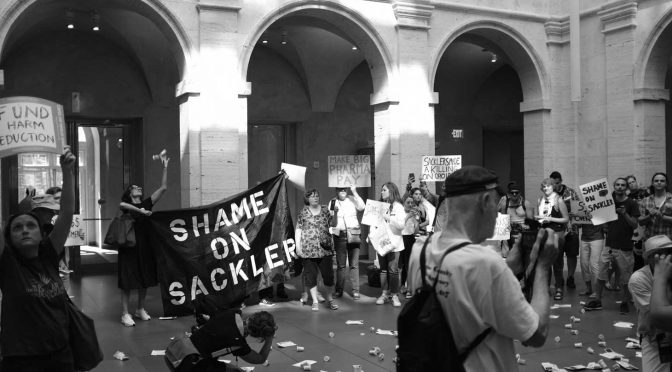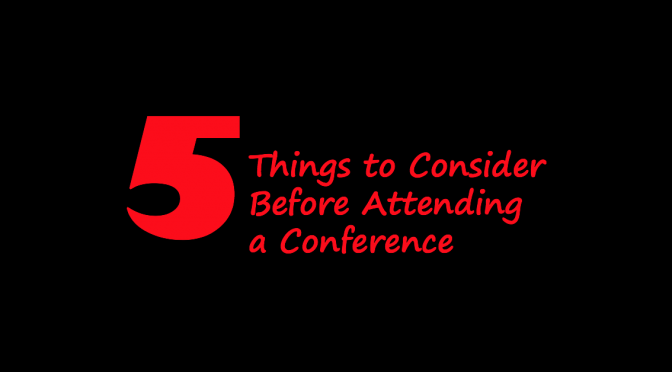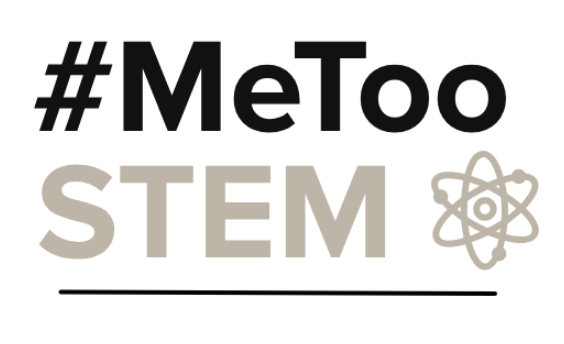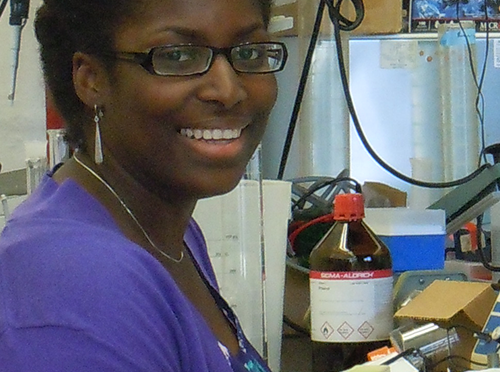No antibody is perfect for every application, but if you’re on a budget and everything you’ve found looks about the same, here are a few things that you should consider before purchasing.
A simple way to remember this information is with the mnemonic CACHE: Citations, Application, Clonality, Host, Epitope. The more “yes” answers that can be applied to the questions below, the more likely the candidate antibody is to be successful for the experiment at hand.
1) Citations: Does the literature support the functionality of the antibody?
A good antibody will have numerous citations supporting its use. More often than not, the manufacturer will not have validated the antibody for exactly what you need. And if the goal is to do immunohistochemistry (IHC) on paraffin-embedded kidney tissue, but the manufacturer only validated the antibody for Western blotting, the literature is the best place to go to see if someone else has used a particular antibody for that purpose. Check out CiteAb for this; it is an excellent resource to compare antibodies!
2) Application: Has the antibody been validated for the desired application?
If so, make a little mental checkmark that this might be a good one! If not, consider the applications it is validated for, and compare them to your own. An antibody for Western blotting, for instance, which may recognize the target in a denatured form, might also work for immunoprecipitations. An antibody validated for flow cytometry and fluorescence-assisted cell sorting (FACS) could recognize the native form of the protein found in a tissue section.
3) Clonality: Is the clonality appropriate?
And what is the difference between monoclonal and polyclonal antibodies, anyway? Monoclonal antibodies (mAbs) are produced by a single population of B cells that is derived from a single cell, while polyclonal antibodies (pAbs) are produced by multiple B cell clones. Each has its own advantages and disadvantages. For example, monoclonal antibodies bind to a single epitope, resulting in high specificity and low background, but staining with them is easily lost if the antigen is degraded. Polyclonal antibodies, on the other hand, are resistant to this problem in that they bind to multiple epitopes. This promiscuity can also result in higher background staining, but also greater sensitivity. Choosing to use a monoclonal antibody versus a polyclonal antibody will largely depend on the target of interest and the application of the antibody.
4) Host: Is the host for the antibody different than the species of the target?
The best practice is to use an antibody raised in a host other than that of the sample species, to avoid any potential binding of the secondary antibody to endogenous immunoglobulins within the sample. Preventing cross-reactivity within the sample minimizes background staining and is a relatively simple way to ensure better results, but this is probably the least important question to consider. There are kits available to block cross-reactivity when the source of the sample is the same as the host of the antibody.
5) Epitope: Is the antigen used to raise the antibody present in your sample (or does it have significant homology)?
Multiple epitopes can be targeted within a single molecule, and antibodies can be raised against entire proteins, a protein fragment, or a particular sequence. If you are working with samples from an uncommon organism (plant biology, anyone?), you will be relying mainly on homology of your protein of interest with the epitope that the antibody targets. This is also a good place to consider your experimental conditions. As an example, FACS requires an antibody that targets an extracellular epitope so that it can bind to live cells.
These questions are not a substitute for optimizing an antibody in the lab, but they do make it much easier to choose antibodies that work, and work reasonably well, faster.
References
CiteAb – The Life Science Data Provider, 2019, www.citeab.com/. Accessed 13 September 2019.
Lipman et al. (2005) Monoclonal Versus Polyclonal Antibodies: Distinguishing Characteristics, Applications, and Information Resources. ILAR Journal 46(3):258-268.
“Polyclonal vs Monoclonal Antibodies.” Pacific Immunology, https://www.pacificimmunology.com/resources/antibody-introduction/polyclonal-vs-monoclonal-antibodies/. Accessed 13 September 2019.
“Antibody Basics.” Novus Biologicals, https://www.novusbio.com/support/general-support/antibody-basics.html. Accessed 13 September 2019.

